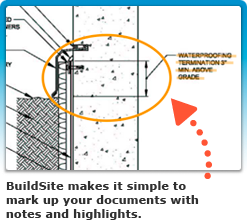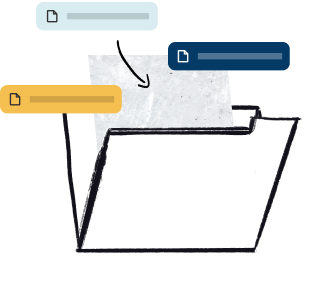Abstract
This specification covers flexible cellular rubber products known as sponge rubber and expanded rubber, but does not apply to latex foam rubber or ebonite cellular rubber. The base material for an open/closed cellular product may be made of synthetic, natural, or reclaimed rubber, or a mixture, and may contain other polymers or chemicals, or both, which may be modified by organic or inorganic additives. The cellular rubber shall be categorized by types, classes, suffixes, and grades: Types 1 and 2; Classes A, B, C, and D; Grades 0, 1, 2, 3, 4, and 5. The various grades of cellular rubber shall conform to the requirements as to physical properties specified. The following test methods shall be performed: accelerated aging tests; compression-deflection tests; oil-immersion test (open-cell sponge); fluid immersion tests (closed cell); water absorption test; density tests; and low-temperature flex test.
This abstract is a brief summary of the referenced standard. It is informational only and not an official part of the standard; the full text of the standard itself must be referred to for its use and application. ASTM does not give any warranty express or implied or make any representation that the contents of this abstract are accurate, complete or up to date.
1. Scope
1.1 This specification covers flexible cellular rubber products known as sponge rubber and expanded rubber, but does not apply to latex foam rubber or ebonite cellular rubber. The base material for an open/closed cellular product may be made of synthetic, natural, or reclaimed rubber, or a mixture, and may contain other polymers or chemicals, or both, which may be modified by organic or inorganic additives. These elastomeric materials have properties similar to those of vulcanized rubber, namely (1) the ability to be converted from a thermoplastic to a thermosetting state by crosslinking (vulcanization) or (2) the substantial recovery of their original shapes when strained or elongated, or both.
1.2 Extruded or molded shapes of sizes too small for cutting standard test specimens are difficult to classify or test by these methods and will usually require special testing procedures.
1.3 In case of conflict between the provisions of this general specification and those of detailed specifications or test methods for a particular product, the latter shall take precedence. Reference to the test methods in this specification should specifically state the particular test or tests desired.
1.4 The values stated in inch-pound units are to be regarded as standard. The values given in parentheses are mathematical conversions to SI units that are provided for information only and are not considered standard.
1.5 The following safety hazards caveat pertains only to the test methods portions of this specification: This standard does not purport to address all of the safety concerns, if any, associated with its use. It is the responsibility of the user of this standard to establish appropriate safety and health practices and determine the applicability of regulatory limitations prior to use.
Note 1—ISO 6916-1 is similar to this specification.
Reproduced, with permission, from the ASTM International website, copyright ASTM International, 100 Barr Harbor Drive, West Conshohocken, PA 19428. To purchase the complete standard, go to http://www.astm.org/.



